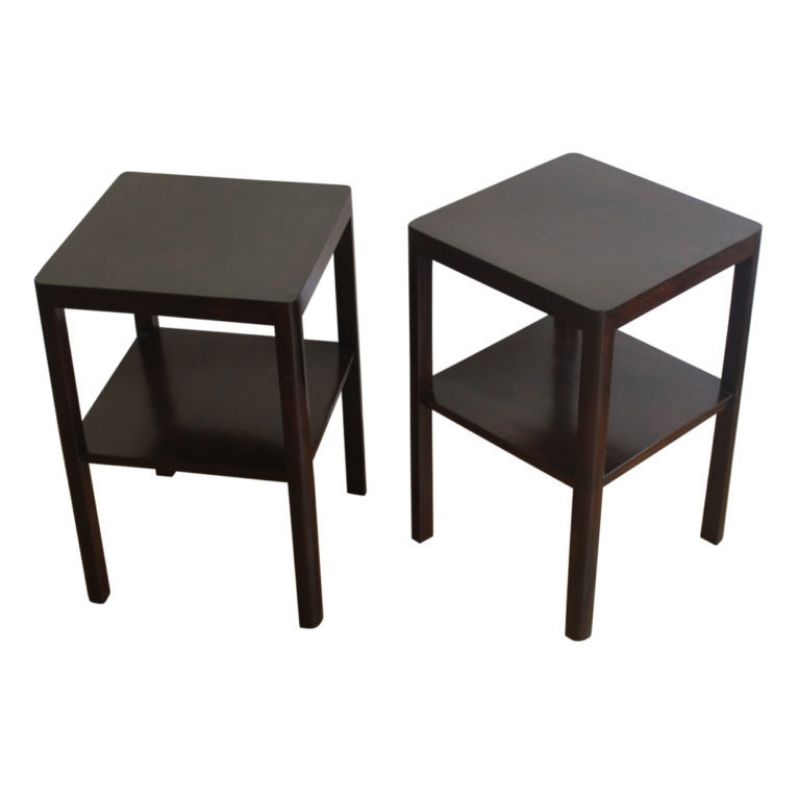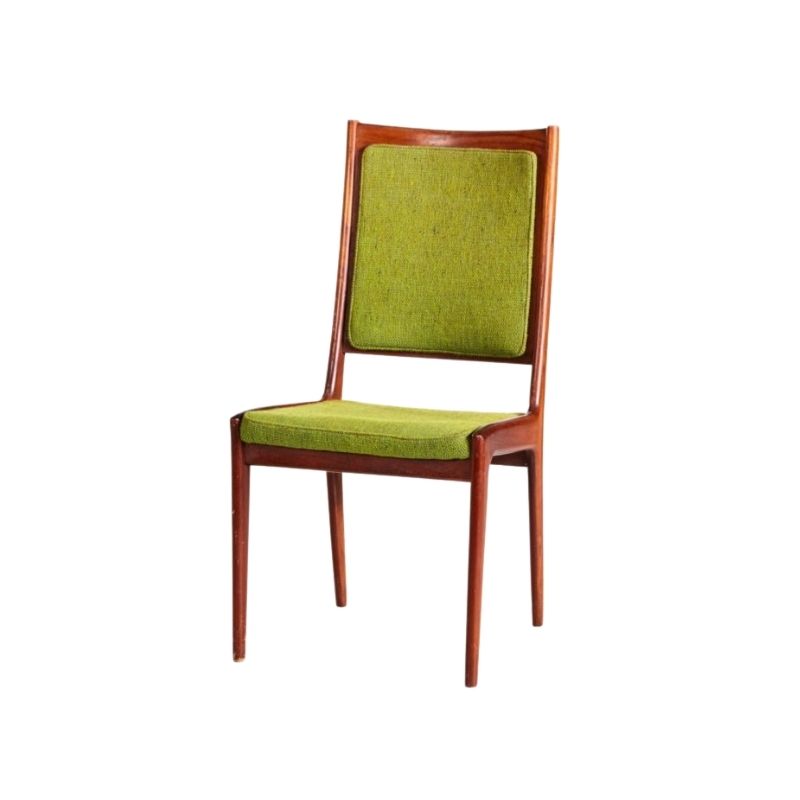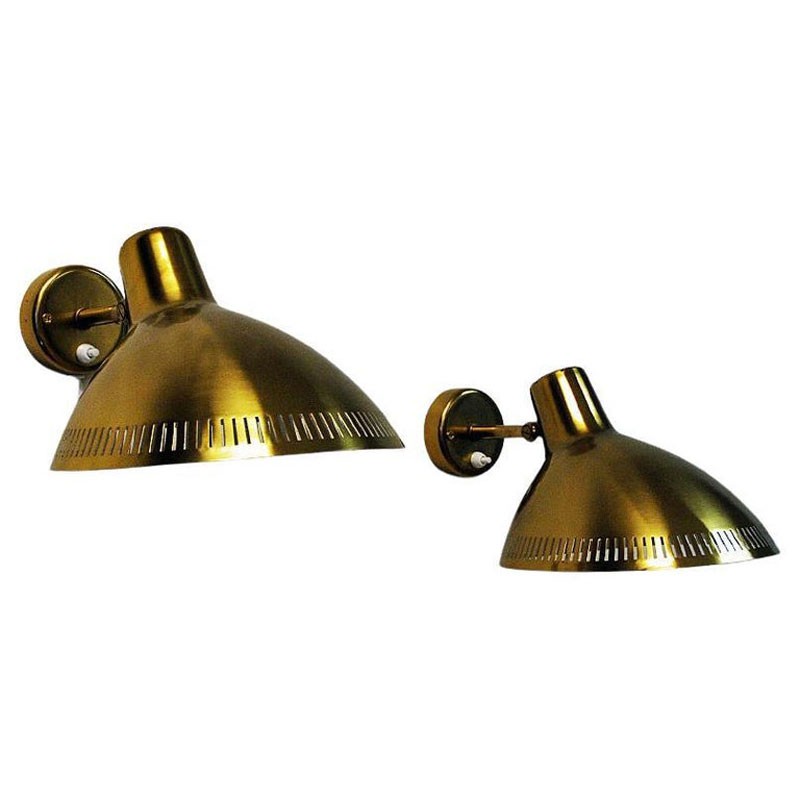Just finished reading William Manchester's biography of Winston Churchill's early years. Manchester credits Churchill with inventing the idea of a treaded tank for overcoming trench emplacements and then pushing tanks through R&D and into production.
Many engineers have invented all manner of new technologies, or products.
Would persons please post 20th and 21st Century designers' names and new products/technologies they have invented?
None come immediately to mind, but there must be quite a few.
Henry P. Glass
Bio here: http://en.wikipedia.org/wiki/Henry_P._Glass
Some of his patents here:
http://www.google.com/patents?as_q=henry+glass+northfield
Check out Loewy's
self-closing toothpaste tube:
http://cgi.ebay.com/RAYMOND-LOEWY-Tooth-Paste-Tube-US-Patent_H062_W0QQit...
There are of course...
hundreds of interesting examples. Inventing is less expressive, but certainly part of the same creative thinking as designing and inventions are a more or less inevitable by-products of the design process.
One that might be new and or interesting to the AD community is the story of Henry Klein's invention of re-enforced foamed polystyrene. Henry Klein was a Norwegian student of Finn Juhl. At the time he graduated from Frederiksberg technical school, early 50ties, Finn Juhl was a quite vocal advocate for the use of plastics in furniture. Back in Kristiansand the young interior designer started to experiment with foamed Polystyrene or Styrofoam. He found some help at the Grenax Plastic Company where he worked with Rolf Torjussen. They ended up patenting a re-enforced version of the now well-known Styrofoam. The foam is produced by freely pre-foaming small styrene particles to form small foam balls 3 to 5 mm in diameter (around 1/8"). In the production face these small spheres are places in a mould and re-heated until they expand and form one product by melting together on the surface. In packaging materials the original spheres are often well recognizable. Klein managed to mix the pre-foamed particles with some kind of fibre and glue. Because of the low pressure, the moulds are made out of sheet metal, mostly aluminum and so Klein turned to a local aluminium boat builder to hammer the shapes he wanted to produce.
When Klein showed his chairs at the Cologne Furniture Show, BASF who was a giant in polystyrene under the name Polystyrol tried to purchase the patent. The furniture Klein produced became extremely popular and some models like the Modell 1003 where produced in licence in dozens of countries.
One of the licensees was Fritz Hansen who finally (if my memory serves me well) acquired the patent including a number of drawings and models. One was the Modell 1007 an egg shaped chair that clearly inspired Arne Jacobsen two years later 1958. The Klein model 1007 has slightly wider "wings" on the side, the armrests are more horizontal and the back to is kept more horizontal than in the famous "Egg" chair the base is identical but the horizontal surfaces of the four armed base are covered with wood.
Those who love to discuss "originality" on this forum would have a field day! I have to agree that Arne Jacobsen's is more elegant and a more mature consistent shape (in Klein's model 1007, you can almost see where a curve starts and where it finishes) but the invention is certainly Henry Klein's.
For those interested...
...in Henry Klein. He is of course the same Klein of which a chair was shown on DA some time ago. Following his succes with the foam chairs he joined what was called N.A.Jorgensen at the time, later on the company changed name to Bramin. So his designs can be found under both names.
http://www.designaddict.com/design_addict/forums/index.cfm/fuseaction/th...
.
I think this is the type of work Koen is
referring to, I read a little about the
difficulty of getting it produced and some
international licencing problems with the
technology, can't recall it off the top
of my head but will do a search and see
what I can find.
Bit of a hijack with that sorry, but it is interesting.
In my experience a good inventor or engineer is usually a good designer, like mathematicians they have a gut feeling for elegance. But often it doesn't seem to work the other way around, a lot of designers don't really understand the engineering involved in their manufacturers equipment, which is a shame, it could lead to some real innovation if they did.
http://www.dhub.org/articles/785
If you need any help, please contact us at – info@designaddict.com









